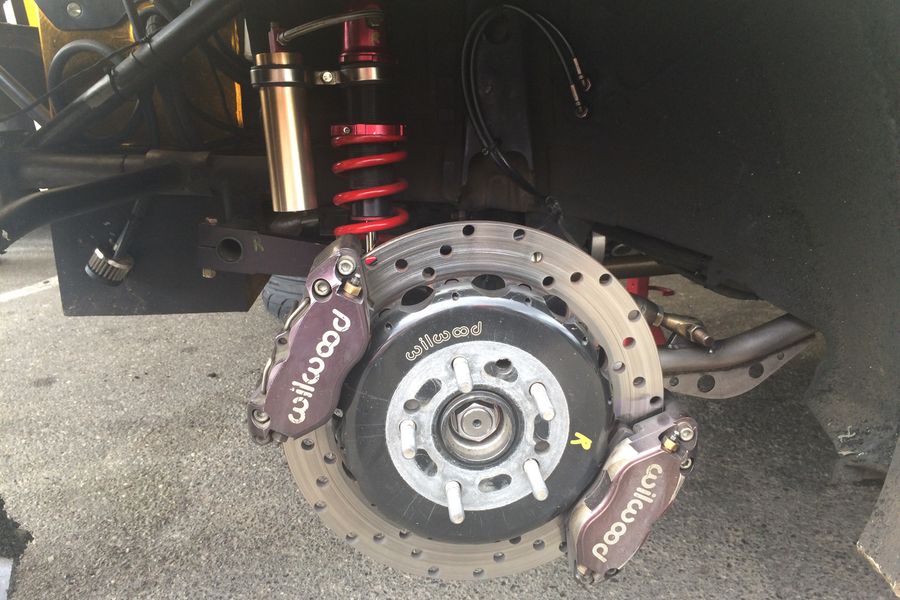Industrial brakes frequently operate in hostile and isolated environments. These are addressed by a combination of brake design and rigorous maintenance schedules in the oil and gas, mining, and maritime industries, where Twiflex has particular expertise. These difficult circumstances have given manufacturers the chance to develop new products during the previous 50 years.
Multi-plate friction brakes, which consist of several rotating disks mounted in an alternate pattern with stationary annular friction pads, are frequently installed inside the gearbox (wet brakes) in environments where there is a risk of explosion. These brakes use an oil-in-shear design, in which the torque is transmitted by a thin layer of oil rather than by the friction material, which could result in sparking. The power set brake has quite a simplistic as well as versatile design.
Remote monitoring
The use of remote monitoring technologies, particularly by OE producers, indicates a global shift in purchasing habits.
End customers are giving the ‘Total Cost of Ownership’ more weight than ever before, placing a higher priority on long-term value than the initial cost of components.
Manufacturers of high-quality components can boost lives and efficiency while remaining competitive, even if this might be attributed to shifting values brought on by current stresses on the global economy.
Frictional substances
Asbestos was long thought to offer the finest performance for industrial friction materials, and it did offer a highly desirable mix of features and benefits. But when the major health risks of asbestos became more widely known in the 1970s, it became necessary to explore alternative materials.
The performance levels of new materials made of organic fibers or sintered metal were initially replaced, then matched, and then surpassed. The brake makers, who utilize a combination of materials available on the market or their formulas, frequently view the particular ingredients used in friction goods as commercially sensitive and keep them under lock and key. The torque capacity and pressure release system are major factors that makers take into account while manufacturing brakes like power set brakes.
The development of friction materials increasingly heavily relies on testing, and many producers now have in-house testing capabilities.
Enhancing the maintenance
A spring-applied brake clamp shuts in the absence of external power, locking the machinery in a fixed position. The brake is sealed tight against the disc while powered off, which gives protection in the case of a power outage but also makes maintenance much more difficult.
As a result, to access the pads, the springs must be compressed, which leaves the brake with a lot of potential energy.
The mechanical lock-out idea is employed in conventional designs to hold the spring force and keep the disc from shutting down while maintenance is being performed. The brake will, however, close if the nut should malfunction.
Conclusion
Brake systems are developed, maintained, and supplied and have undergone dramatic modifications during the past 45 years. One such prime example is that of power set brakes. Since friction materials have mostly stabilized, system design, usability, and maintenance solutions will likely receive more attention in the future.
Undoubtedly, the Internet of Things will hasten the trend toward remote monitoring and enable industrial expansion and drilling exploration in farther-flung areas.

